[nextpage title=”Introduction”]
ABIT factory, called Rolly, is located in SuZhou city (the correct pronunciation is “su-jou”), around 62.5 miles (100 Km) east from Shanghai. SuZhou is a small town for Chinese standards, with 1 million inhabitants and its main attraction is their gardens, over 2,000 spread all over the city.
Due to the political problemas between Taiwan and China, ABIT factory cannot be named ABIT. Because of that, its official name is Rolly. Built in 1999, this factory is in charge of manufacturing all ABIT products. Before this factory was built ABIT products were manufactured in an old ABIT factory in Taiwan, which no longer exists. They also manufacture products for other companies, like Canon and Yamaha – but never motherboards for other companies.
 Figure 1: Rolly mission, ABIT factory in SuZhou.
Figure 1: Rolly mission, ABIT factory in SuZhou.
ABIT has a research and development center (R&D) in Rolly, where some of ABIT products are developed.
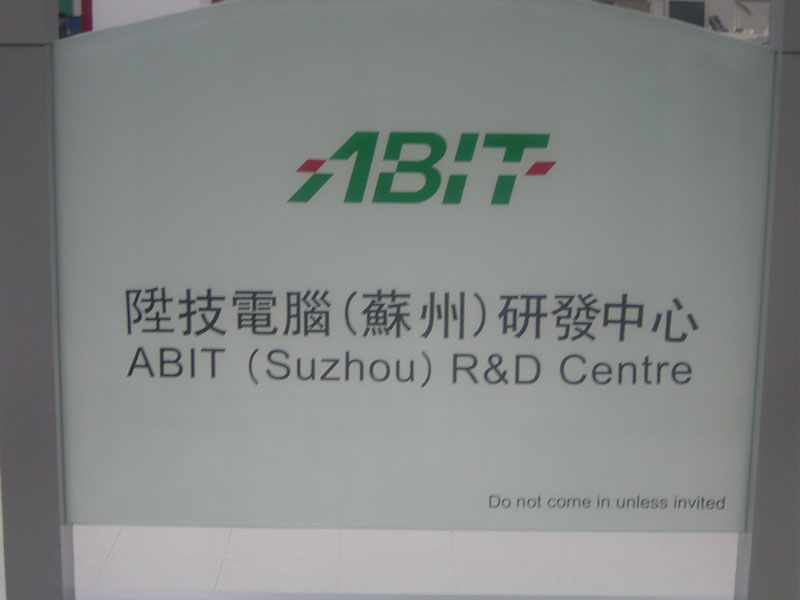 Figure 2: ABIT R&D center inside Rolly.
Figure 2: ABIT R&D center inside Rolly.
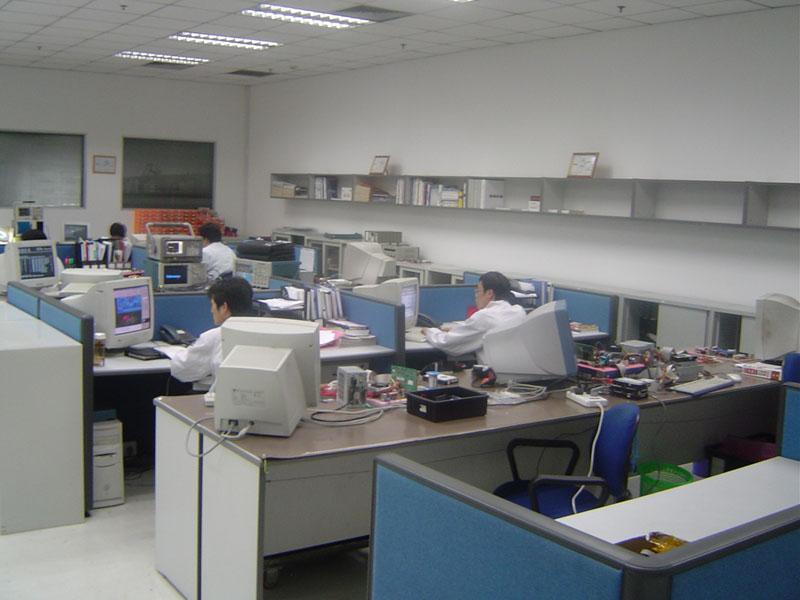 Figure 3: ABIT R&D center inside Rolly.
Figure 3: ABIT R&D center inside Rolly.Let’s take a quick look at ABIT’s production lines before talking about what we’ve seen in ABIT that is different from other factories we’ve been to.
The motherboard and video card manufacturing process is practically the same in all factories. The printed circuit board (PCB) starts the process and solder paste is applied were SMD components will be installed. Then the board goes to the SMT insertion line (SMD and SMT are practically synonyms; while SMD refers to the components, SMT refers to the soldering technology). In this line robots pick and place SMD components in their proper location. After SMD components insertion, the board goes to an oven, where the solder paste will be melted, soldering the components to the board. After this process and in several point during the whole manufacturing process employees (usually women) visually inspect the board looking for errors.
 Figure 4: Overall vision from ABIT SMD lines.
Figure 4: Overall vision from ABIT SMD lines.
 Figure 5: One of the motherboards that were being manufactured during our visit to this factory.
Figure 5: One of the motherboards that were being manufactured during our visit to this factory.
In ABIT’s case, after finishing the SMD line process, one machine does the visual inspection quality control. Not all factories have this machine. This machine is programmed to visually inspect certain spots on the motherboard. If the spots are not well soldered, for example, the machine says so and the board is sent to one of the employees for correcting the error. As we mentioned, usually for quality control female workers are used, since it was already proved that women can find errors more easily than men. Besides the automated visual inspection, the manual visual inspection done by a female employee is still used.
 Figure 6: Visual quality control.
Figure 6: Visual quality control.
[nextpage title=”DIP Line”]
After quality control from the SMD line, the board go to the manual insertion line, also known as DIP. In this line bigger components that require conventional soldering are inserted, like sockets, connectors, electrolytic capacitors, slots, etc. The board goes on a mat that runs in front of many employees from this section. Each employee is in charge of inserting a single component to the board. The board goes through this line until all components are inserted. After this, the board goes to a soldering tank, where all components are automatically soldered. After that the quality control crew comes in action checking if all soldering spots are perfect or not. After this step employees install BIOS, battery, the chipset heatsink and eventually other components that cannot enter the soldering machine. After this the board is ready to be used.
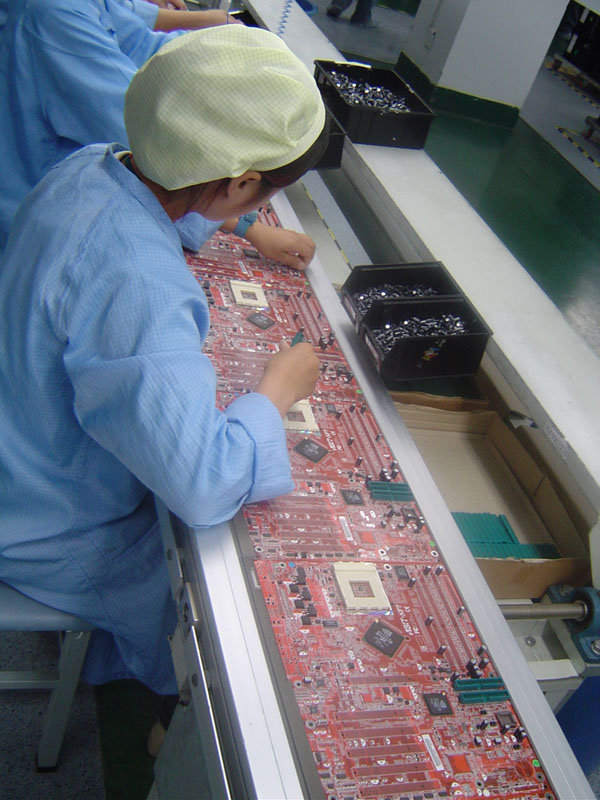 Figure 7: Detail of one of the manual insertion lines from ABIT.
Figure 7: Detail of one of the manual insertion lines from ABIT.
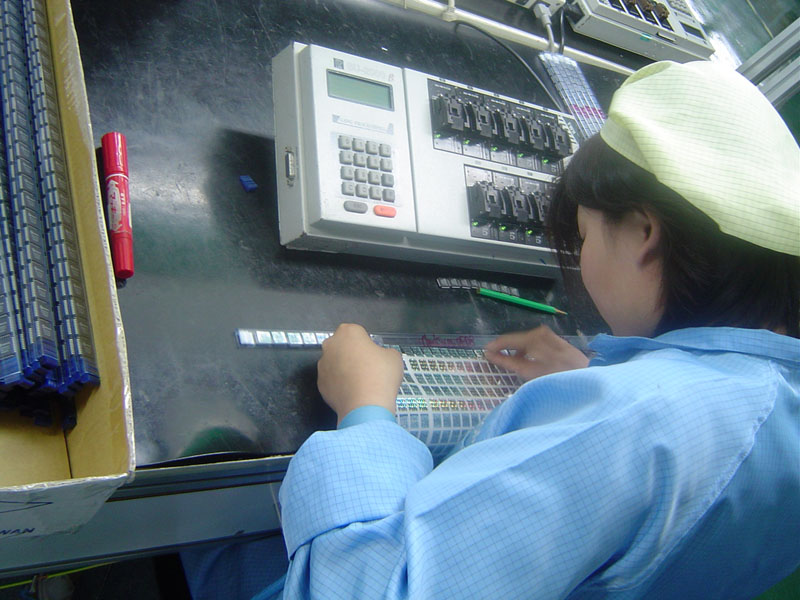
Figure 8: Employee programming the BIOS chip. This process occurs in another area.
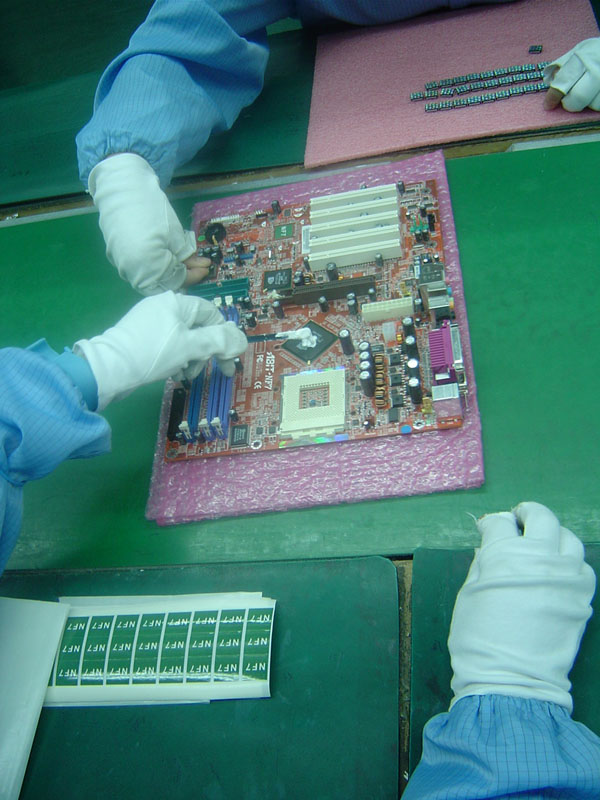 Figure 9: Employees installing the BIOS chip and applying thermal paste on the chipset.
Figure 9: Employees installing the BIOS chip and applying thermal paste on the chipset.After the board is manufactured, the next step is to test it, in a process called functionality testing. In this testing the motherboard is turned on and all its components are tested. This is a compulsory test and all boards are tested.
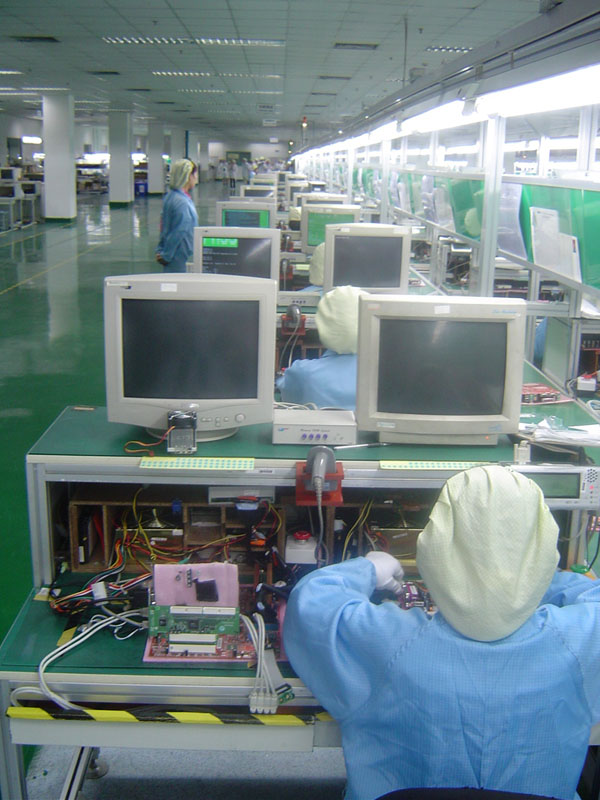 Figure 10: Bays were the motherboards are tested one by one.
Figure 10: Bays were the motherboards are tested one by one.
What happens after the functionality test depends on the manufacturer. It is very interesting what occurs in ABIT.
We have visited several motherboard factories, including MSI, Gigabyte and ECS, just to name the most important ones. Generally speaking, all factories are similar, since the manufacturing process is basically the same. What can eventually change depending on the manufacturer is the quantity of visual inspections for quality control that are done during the whole manufacturing process.
What ABIT brings as an advantage over the other manufacturers is the quantity of tests done through the manufacturing process. Normally manufacturers perform only one functionality testing (they check if the board turns on and run a hardware testing program to check if all motherboard features are operational) and, eventually, a burn-in test (they keep the board turned on 24 hours). Because of the time taken by the burn-in testing, a lot of manufacturers are simply not performing this kind of test anymore and those who still perform it, do it by sampling, i.e., only some motherboards randomly chosen are tested, since it is very hard to do a burn-in test in all motherboards when 1 million motherboards are manufactured per month.
So, in almost all factories it goes like this: after functionality testing, some boards are drawn for a 24-hour burn-in testing and the rest of the boards are immediatly packed. And c’est fini.
Inside ABIT’s process, however, six tests are performed after the functionality testing: compability, burn-in, environmental, reliability, vibration and shock. These tests are performed by sampling, i.e., only some motherboards are tested. According to ABIT, this is enought to find out flaws on the manufacturing process. Frankly we’ve never seen a factory with so many testings.
[nextpage title=”Testing (Cont’d)”]
In compatibility testing, ABIT tests 10 pieces per day of each model that is being manufactured to check the compatibility of the product with several operational systems and components from different vendors (for example, several memory modules from different manufacturers), in order to check if there is any compatibility or conflict issue with the product being tested.
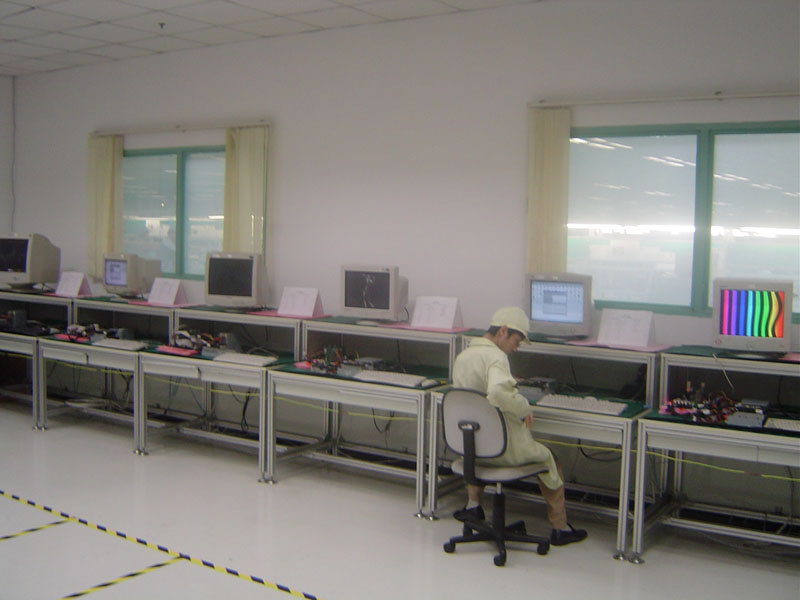 Figure 11: Compatibilty test lab.
Figure 11: Compatibilty test lab.
ABIT burn-in test is done by sampling, where 10 pieces per day of each model that is being manufactured are tested running Windows XP and several testing programs on ambient temperature for 24 hours to check if anything wrong happens.
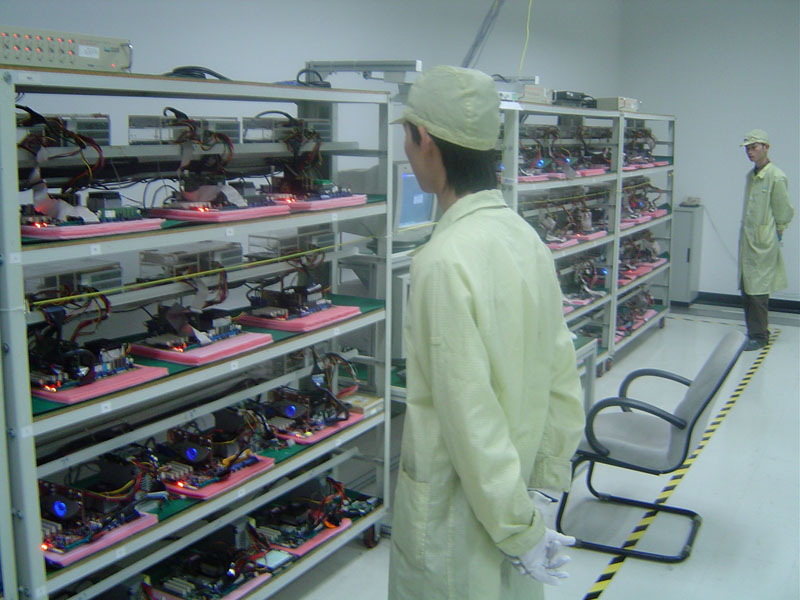 Figure 12: Burn-in testing.
Figure 12: Burn-in testing.
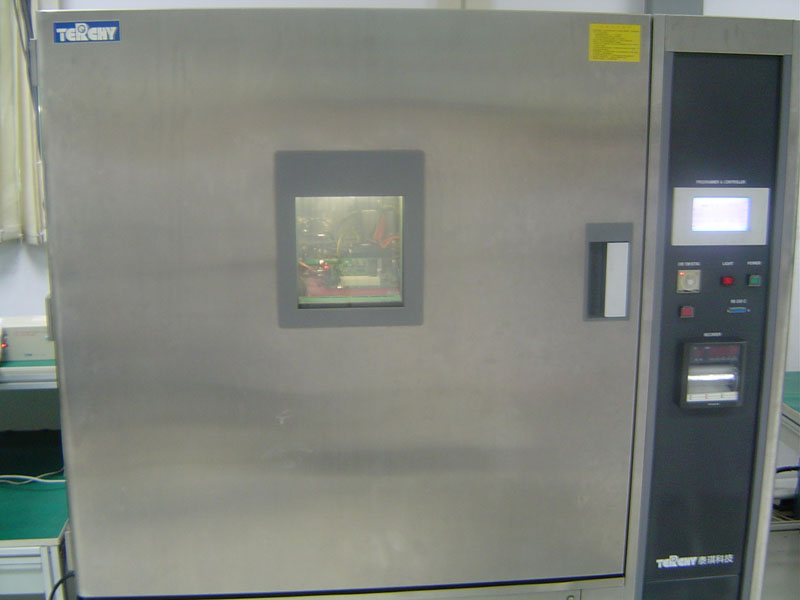 Figure 13: Thermal chamber were the environmental test takes place.
Figure 13: Thermal chamber were the environmental test takes place.
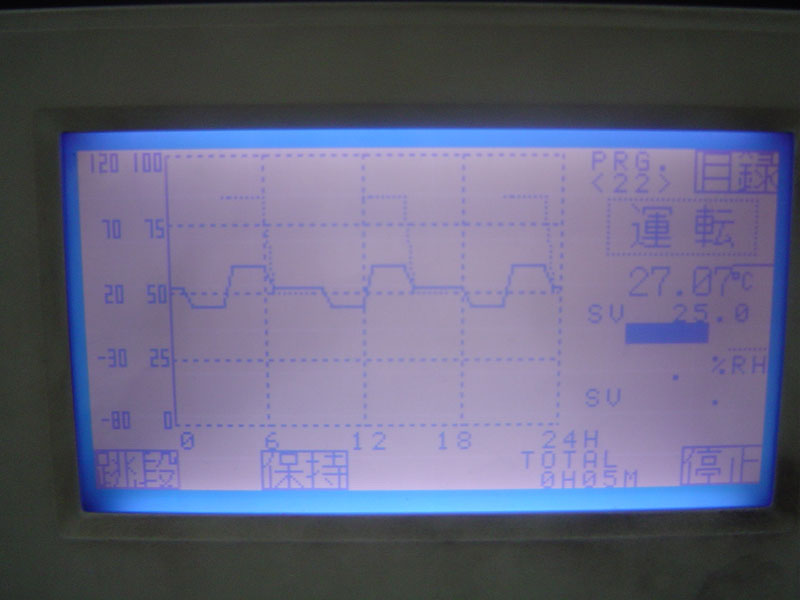 Figure 14: Display of the thermal chamber showing the tests already performed and the test that is being executed at the moment.
Figure 14: Display of the thermal chamber showing the tests already performed and the test that is being executed at the moment.[nextpage title=”Testing (Cont’d)”]
The reliability testing is another test that we’ve never seen in other factories (or, in the same way, if it exists, nobody showed us). This test is a 168-hour burn-in test (seven days) run at ambient temperature and running a batch of testing programs. This test is also done by sampling, where 10 boards from each model that are being manufactured are tested per day.
The vibration test simulates the transportation of ABIT motherboards in several scenarios. The tester gets a box containing several boards packed and performs two test, with a duration of one hour each. The first test is the variable frequency test, where the box is shaken is frequencies from 10 Hz to 60 Hz (i.e., 10 to 60 moves per second), staying at each frequency for 10 minutes. The second test is the fixed frequency, were the box shakes at 100 Hz for one hour. 20 boxes from each model that is being manufactured are tested per day. At the end of each testing, the box is opened to check if the products were damaged and the products are tested to check if they are still working properly.
The last test is the shock test, where a box containing several boards inside their packages are drop to the ground to see what happens. Each box is dropped from 29.6 in (76 cm) to the ground and is repeated for all six sides of the box. After the test is finished, the box is opened to check what happened to the product boxes and the boards are tested to see if they are working correctly. This test is performed in 20 boxes of each product model that is being manufactured per day.
As we can see, quality control is ABIT advantage over competition. Eleven per cent of Rolly employees work on quality control, while, according to ABIT, in ASUS factory this number is 6%. Another advantage from ABIT products we need to mention is that after the problem with electrolytic capacitors that several motherboard manufacturers had (including ABIT), they decided to use only japanese capacitors (which are more expensive) in their products.
- For more information: https://www.abit-usa.com/

Leave a Reply